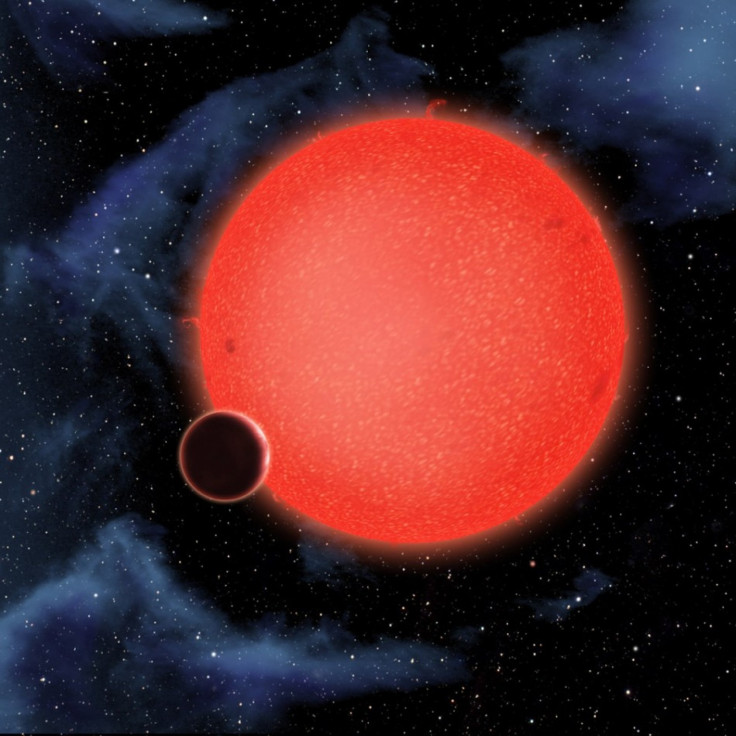‘Waterworld Planet’ Discovery Reveals New Kind of Alien Planet: Meet GJ1214b

Researchers claim they have identified a new kind of alien planet: one composed primarily of water.
Unlike the rocky, terrestrial planets like Mercury, Venus and Earth, the gas giants like Jupiter and Saturn, or the ice giants like Uranus and Neptune, GJ1214b is mainly composed of water and has a thick, steamy atmosphere. It is the first observed planet of its kind.
GJ1214b is like no planet we know of, said Zachary Berta of the Harvard-Smithsonian Center for Astrophysics (CfA) in a statement. A huge fraction of its mass is made up of water.
The waterworld planet is smaller than Uranus, but larger than Earth. Scientists at CfA estimate the planet to be about 2.7 times Earth's diameter and to weigh almost 7 times as much.
The planet also has an estimated temperature of 450 degrees Fahrenheit, based on its distance from the red-dwarf star of about 1.3 million miles. While the internal structure of the planet is unknown, it is expected to be very different from that of Earth.
The high temperatures and high pressures would form exotic materials like 'hot ice' or 'superfluid water' - substances that are completely alien to our everyday experience, said Berta.
GJ1214b is located only 40 light-years away from Earth in the direction of the constellation Ophiuchus. It will be a primary candidate for study when the James Webb Space Telescope is launched by the end of the decade.
The planet was first discovered in 2009 by the CfA's MEarth Project led by David Charbonneau. In 2010, CfA's scientist Jacob Bean along with his colleagues reported they believed it was likely that the planet was composed mostly of water due to measurements taken of the planet's atmosphere.
Berta and his colleagues confirmed Bean's belief that GJ1214b is a waterworld planet enveloped by a thick, steamy atmosphere by using the NASA's Hubble Space Telescope to examine the atmosphere. By watching the planet's movement, the researchers were able to see the star's light filter through the planet's atmosphere, offering clues that GJ1214b's atmosphere is a mix of gases.
While researchers are unsure of how the planet developed, one theory offered by CfA proposes that GJ1214b formed further away from its star, where water ice was plentiful, and then the planet migrated closer to the star early in solar system's history.
© Copyright IBTimes 2025. All rights reserved.





















